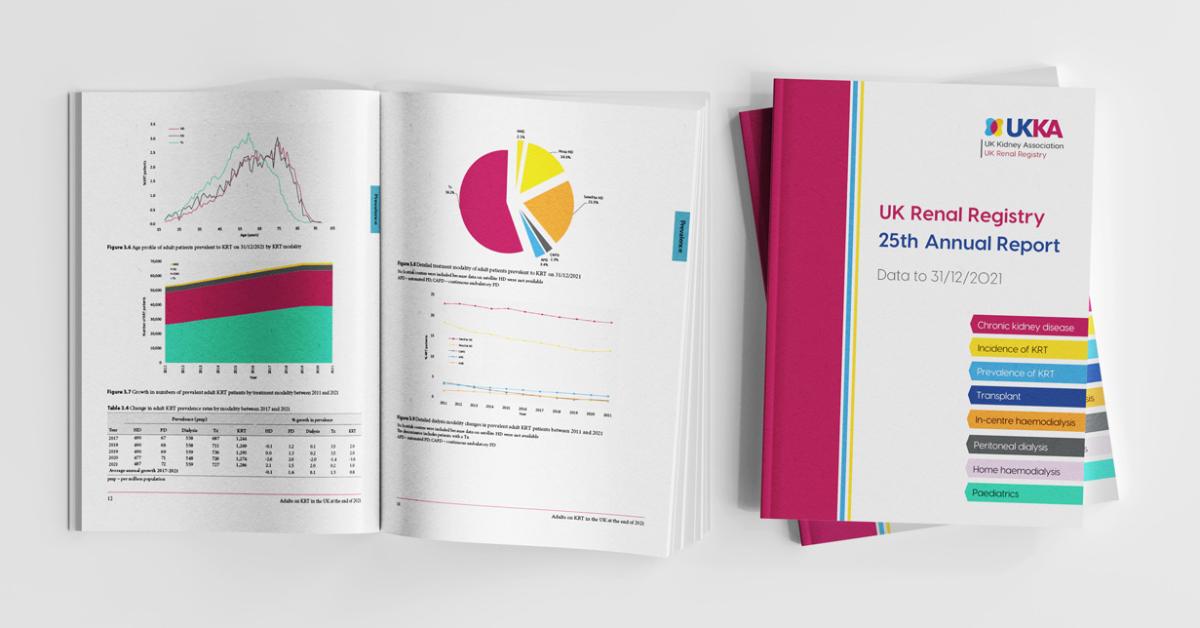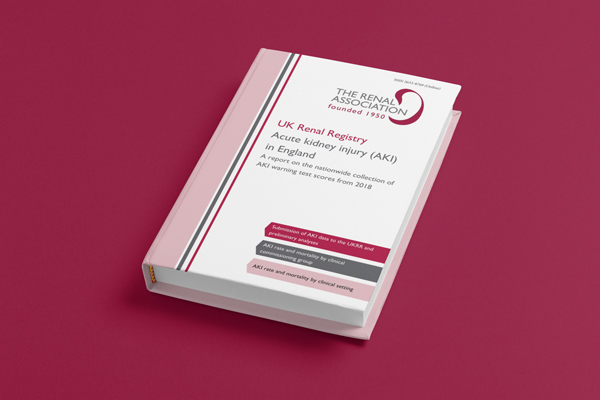William (Bill) Ross Cattell was a highly regarded nephrologist who helped to set up the first haemodialysis service for acute renal failure at St Bartholomew’s Hospital (Barts). Subsequently he set up a new Renal Unit between Barts and St Leonard’s Hospital, with routine haemodialysis for chronic renal failure being undertaken at St Leonard’s. Bill had a strong commitment to research throughout his career, and was widely recognised for his pioneering studies on urinary tract infection and renal radiology. He was an excellent teacher and mentor and was much liked by his patients for his direct approach and clear explanations.
Bill’s youth was spent on a farm near Nairn in northern Scotland. He was educated at Inverness Royal Academy and studied medicine in Edinburgh, where he obtained five First Class Merits. Several of his junior medical posts were in chest medicine and he did his National Service in the Suez Canal Zone. He claimed that an army assessment found him to have an IQ of 90, significantly below the median, but never revealed what he got up to the night before the test. His interest in renal medicine and in research was stimulated by working as Registrar to Prof Max Rosenheim and Dr A G Spencer at University College Hospital. Dr Spencer moved to the Barts Medical Unit and Bill subsequently followed him as Lecturer to help to start a renal service. In 1960 they set up a Regional Dialysis Unit for acute renal failure.
At Barts Bill became involved in several animal research projects, including an investigation of renal function in dogs with obstructive jaundice, which led to an MD. He was awarded a Rockefeller Travelling Fellowship and spent a year working in AS (Bud) Relman’s laboratory in Boston. When he returned to Barts in 1964 as Senior Lecturer he started two major research projects on which much of his reputation rests. The first on urinary tract infection, was done in collaboration with Francis O’Grady, Professor of Microbiology at Barts. Their theoretical work on the kinetics of urinary tract infection and their clinical studies on the management of urinary tract infection led to better understanding and management of this common problem. In the second project, on renal radiology, he worked with the Radiologist Dr Ian Kelsey Fry. Their studies of the renal excretion of iodinated contrast medium led to a better understanding of the factors affecting the intravenous urogram and resulted in improved radiological practice. Bill Cattell published over 120 peer-reviewed papers, and a large number of invited articles and book chapters. He co-authored a book on renal imaging and edited one on urinary tract infection.
After dialysis for chronic renal failure developed into an established therapy Barts became a Regional Dialysis Centre in 1965 and Bill was appointed as Consultant at both Barts and St Leonard’s Hospital in Shoreditch. He set up a Renal Unit between the two hospitals with regular haemodialysis being carried out at the new St Leonard’s unit. In addition, where possible, patients were trained to undertake self-supervised haemodialysis at home. At that time, demand for dialysis in end-stage renal failure exceeded supply in the United Kingdom and this could be stressful for staff, as could the fact that they were rapidly having to learn management of a relatively new type of treatment. Bill promoted a strong team spirit with regular Renal Unit meetings at which everyone was encouraged to speak openly. He was ahead of his time in that he also arranged for Trevor Silverstone, Professor of Psychiatry, to attend occasional meetings to discuss issues causing concern to staff and to provide support.
Further developments included the establishment of “satellite” haemodialysis units and of continuous ambulatory peritoneal dialysis. In 1971, Dr Laurence Baker was appointed as Consultant and Honorary Senior Lecturer and thereafter he and Bill operated a 1 in 2 consultant on-call rota, which Bill must have considered something of a luxury. A successful renal transplantation programme at Barts started towards the end of 1971, with the surgical work mainly provided by members of the Barts Urology Department: John Wickham, Bill Hendry and Hugh Whitfield. In the 1980s the St Leonards Renal Unit closed and its work was taken over by a new Renal Unit at the Barts site. An Academic Department of Nephrology was established and its laboratory, which had a special interest in immunoassay, was run by Dr Anne Dawnay. These research facilities were used by many young scientists and physicians preparing for higher science degrees and MDs. Over time, and helped by the appointment of Dr (later Professor) Anthony Raine in 1988, the Barts Nephrology Department came to be recognised both nationally and internationally. Obtaining funding for Anthony Raine’s appointment took all of Bill’s ingenuity. In the crucial meeting at Barts, it seemed that the proposed third consultant post might not be funded. However, Bill came up with the plea: “Please give us a third consultant – I am tired, I have been tired for 15 years!” That turned the tide.
During his career Bill was involved in NHS administration at both District and Regional levels. He was a member and later Secretary of the Renal Association. He was also a member of Council of the European Dialysis and Transplant Association and a member of the Medical Research Society and of the Association of Physicians of Great Britain and Ireland.
After retiring from practice Bill was Honorary Librarian at the Royal Society of Medicine (RSM) and was also a member of the Committee of the RSM Retired Fellows Society. He enjoyed having more time to visit the theatre and art exhibitions in London and was particularly pleased to be able to spend more time at his home in Gissing in Norfolk. He was predeceased by his first wife, Ann Beardwell, with whom he had three children, Ross, Sarah and Caroline. With his second wife, Pat Gordon, he had two children, Kate and Alex. He is survived by Pat, his five children and ten grandchildren.



